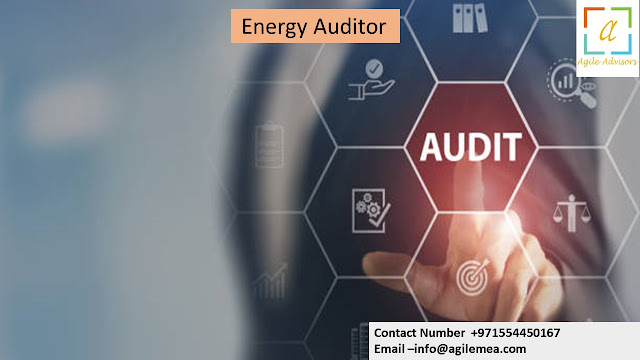The new European Carbon Border Adjustment Mechanism of the European Union
In our role as Carbon Border Adjustment Mechanism, CBAM
aims to ensure that imported commodities are subject to the exact emissions
costs as products produced within the EU, thereby complementing the EU
Emissions Trading System (EU ETS). By doing this, CBAM hopes to stop
"carbon leakage," or the transfer of greenhouse gas emissions from
the EU to non-EU nations. Since 2005, the EU ETS has been operational. It
serves as the primary tool used by the EU to cut greenhouse gas emissions. The
Member States allot a specific amount of emission allowances under the EU ETS,
which are split between being given away for free and being auctioned off. The
free distribution of EU ETS certificates to businesses engaged in
energy-intensive industries has progressively decreased over time. However,
this also raised the possibility of carbon leaks since several industries saw
their production move to less expensive countries.
We as a Carbon Border Adjustment Mechanism, the efficiency of the EU's efforts to cut emissions is therefore compromised. CBAM intends to close this loophole. Regulation (EU) 2023/956 ("CBAM-Regulation ") lays out the new system. To reduce global emissions and assist in meeting the goals of the Paris Climate Agreement, CBAM will impose a carbon price on importing specific goods produced outside of the EU based on the associated carbon emissions. This will also help offset the competitive disadvantages domestic companies that produce emission-intensive goods inside the EU face. The German Emissions Trading Authority (Deutsche Emissions handless— Dahs) is the competent authority in Germany to apply and enforce the CBA Regulation. Documentation and reporting of the computed emissions are required in a quarterly report. The first obligations are in effect as of October 1, 2023, when the transitional period began.
As an expert Carbon Border Adjustment Mechanism,
The CBAM Regulations'' requirements will be progressively implemented during
the Transitional Phase, which concludes on December 31, 2025.In addition,
starting on January 1, 2026, the free allocations will be progressively
decreased and proportionately offset by CBAM certificates to entirely replace
the current EU Emission Trading System with the CBAM by 2034.In situations
where the importer has already paid a carbon tax in a third nation, CBAM will
likewise consider that. To account for the carbon price paid in the country of
origin for the declared embedded emissions, the importer may then claim a
reduction in the quantity of CBAM certificates that must be turned in. The goal
is to prevent double taxation and encourage third-world countries to impose emissions
taxes and levies that they can independently enforce.
Being a Carbon Border Adjustment Mechanism,
the first phase will conclude on December 31, 2025. In this period, importers
are obligated to fulfil the following: It is necessary to register with the
interim CBAM registry. The CBAM-Regulation's methods must be followed to
calculate embedded emissions in commodities or emissions produced during the
production of imported goods. There is currently no requirement for monetary
compensation during the transitional phase in exchange for a matching amount of
CBAM allowances. The EU released Implementing Regulation 2023/1773 and related
advice on reporting standards and procedures for this time frame. The permanent
and comprehensive CBAM system is effective on January 1, 2026. Importers will
then be subject to several demanding requirements, including the following:
Importers under the Regulation's purview must seek to become authorized CBAM
declarants.
As a Carbon
Border Adjustment Mechanism, the only people permitted to import CBAM items
into EU customs territory are CBAM declarants. An approved auditor will need to
confirm the computed embedded emissions. There will be a cost associated with
purchasing CBAM certifications. The weekly average auction price of EU ETS
allowances, stated in EUR/ton of emissions emitted, will determine the
certificate price. CBAM declarants must turn in a number of CBAM certificates
that match the embedded emissions reported in the reports. By May 31 of each
year, importers must produce and submit an annual CBAM declaration for the
emissions related to the items they imported the year before. The matching
number of CBAM certifications must also be turned in by this date. The first
obligations are in effect as of October 1, 2023, when the transitional period
began.




Comments
Post a Comment